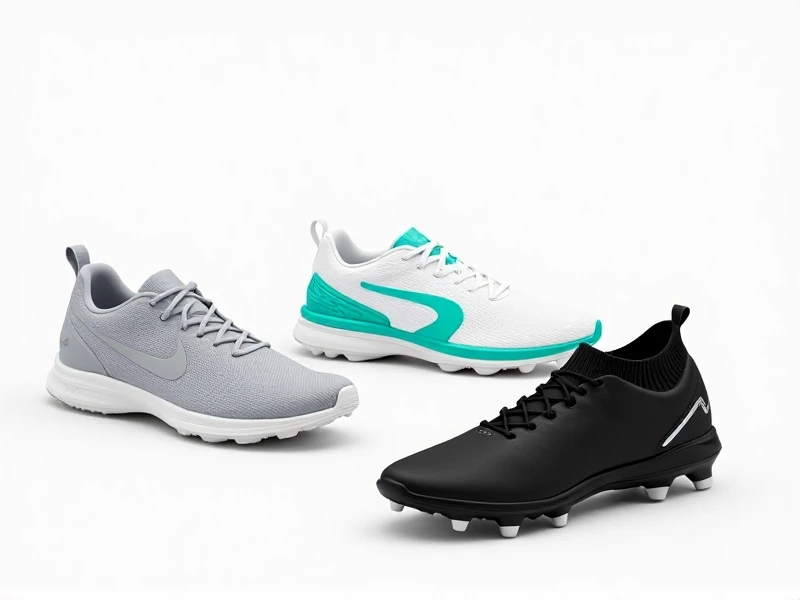Your Ultimate Guide to Choosing Perfect Running Shoes

Finding the right running shoes can make the difference between exhilarating runs and painful injuries. Whether you're training for a marathon or enjoying daily jogs, understanding key features empowers better choices. Let's explore crucial factors to optimize your comfort and performance.
Cushioning: Comfort is King Running shoes vary significantly in cushioning levels. Maximal cushioning absorbs heavy impacts, ideal for long distances or pavement runners. Brands like Hoka One One specialize in this. Minimalist options promote natural foot movement, preferred by forefoot strikers. Balanced cushioning offers versatility for most runners. Consider your stride type and where you log miles when choosing cushioning density and thickness.
Traction and Outsole Design The terrain dictates traction needs. Road running shoes feature durable rubber outsoles with flex grooves for efficient asphalt movement. For trail enthusiasts, deep, aggressive lugs and protective rock plates – found in Salomon or Brooks trail shoes – provide crucial grip and stability on unstable surfaces. Wet-weather runners should prioritize hydrophobic uppers and sticky rubber compounds.
Weight and Stability Elements Lightweight running shoes (often under 8 oz per shoe) enhance speed for tempo runs and races, featuring breathable mesh and streamlined designs. However, runners needing additional support should look for integrated stability technologies. Features like medial posts (Asics Gel-Kayano), guide rails (Brooks Adrenaline GTS), or structured heel counters counteract overpronation effectively without sacrificing cushioning.
Fit and Flexibility: Non-Negotiables Always prioritize fit. Leave a thumb's width between your longest toe and the shoe end. The midfoot should feel secure without tight constriction. Heel slip leads to blisters – ensure a solid heel counter grip. Flexibility matters: the shoe should bend naturally at the forefoot. Test during gait analysis at specialty running stores for the best match.
Beyond the Basics Breathable mesh uppers enhance ventilation, crucial for warmer climates. Reflective elements increase visibility during dawn or dusk runs. Consider heel-to-toe drop (offset), ranging from 0-12mm; lower drops encourage midfoot striking. Durable materials significantly impact longevity, with brands like Saucony often using resilient compounds like PWRRUN PB.
Replace running shoes every 300-500 miles as cushioning degenerates. Worn soles or persistent aches signal replacement time. Prioritizing a precise fit tailored to your gait, preferred surfaces, and distance ambitions is the fastest route to enjoyable, injury-free miles. Explore specialized collections to discover your perfect pair today!